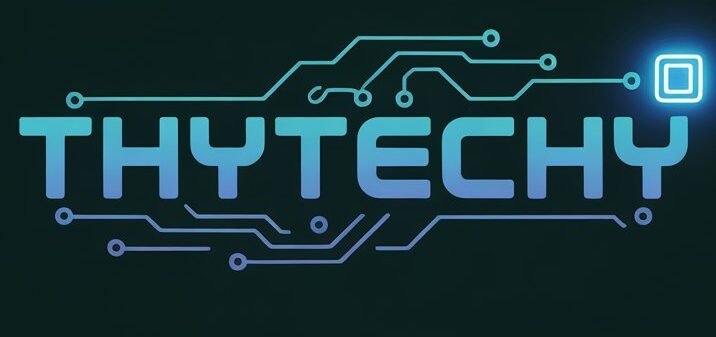Introduction
Remember when Friday nights meant browsing Blockbuster’s aisles? Now, algorithms suggest movies before you even think of them. Technology hasn’t just tweaked entertainment—it’s rewritten the entire script.
From vinyl records to viral TikTok sounds, tech’s evolution has transformed how we consume media. But how did we get here—and what’s next? This article explores the seismic shifts, from analog roots to AI-driven futures, and what they mean for creators and audiences alike.
The Analog Era – Entertainment Before Tech
Subheading: From Radio to Records: The Pre-Digital Foundations
Before streaming, entertainment demanded patience. Families gathered around crackling radios for nightly dramas, and music lovers carefully placed needles on vinyl. TV shows aired *when networks said so*—miss an episode, and you’d wait for reruns. This era thrived on shared, scheduled experiences, but choice was limited.
Key Points:
No on-demand access: Programming ruled by networks.
Tangible media: Vinyl, cassettes, and VHS tapes dominated.
Community focus: Live broadcasts united audiences.
The magic of analog entertainment was its physicality – the crackle of vinyl, the ritual of rewinding tapes. We’ve gained convenience but lost some sensory richness in the digital shift.”
— Dr. Evelyn Chen, Media Historian, NYU
The Digital Turning Point (1990s–2010s)
The Internet, iPods, and the Rise of On-Demand
The internet bulldozed analog’s gates. Napster made music sharable (illegally), forcing iTunes to offer legal downloads. Then came Netflix’s DVD mailers—a stepping stone to streaming’s “watch anytime” freedom. Suddenly, *you* controlled the schedule.
Key Points:
Piracy’s paradox: Napster’s collapse birthed iTunes/Spotify.
Streaming’s rise: Netflix pivoted from DVDs to dominating TV.
Portable power: iPods put 1,000 songs in your pocket.
The Modern Era (2010s–Present)
AI, VR, and TikTok: The New Power Players
Algorithms now curate your playlists, while TikTok turns unknowns into stars overnight. VR concerts (like Travis Scott’s Fortnite show) blend gaming and music, proving entertainment’s boundaries are vanishing.
Key Points:
AI’s role: Spotify’s “Discover Weekly” knows your taste better than you.
Short-form video: TikTok’s 15-second clips dictate pop culture.
Immersive experiences: VR lets you “attend” concerts from your couch.
Travis Scott’s Fortnite concert wasn’t a gimmick – it was the prototype for hybrid live events.”
— Javier Ruiz, Immersive Experience Director, Meta
What’s Next? The Future of Tech-Driven Entertainment
Beyond Streaming: AI Films, Holograms, and the Metaverse
Imagine AI writing Oscar-winning scripts or holographic Tupac performing at Coachella—again. Meta’s metaverse aims to make virtual concerts mainstream, while AI tools like ChatGPT draft movie plots.
Key Points:
AI creativity: Tools like Deepfake revive actors digitally.
Metaverse dreams: Virtual worlds as entertainment venues.
Ethical questions: Who owns AI-generated art?
“Digital resurrection of deceased performers opens legal minefields. Does Marilyn Monroe’s estate own her AI replica?”
— Prof. David Keller, Entertainment Law, Stanford
Conclusion & CTA
Tech turned us from passive viewers into directors of our own entertainment—choosing what, when, and *how* we experience it.
CTA: Which tech shift shocked you most? Was it Netflix killing Blockbuster, or TikTok birthing stars? Drop your thoughts below! Or explore *[How VR Is Reshaping Live Music]* for more.
